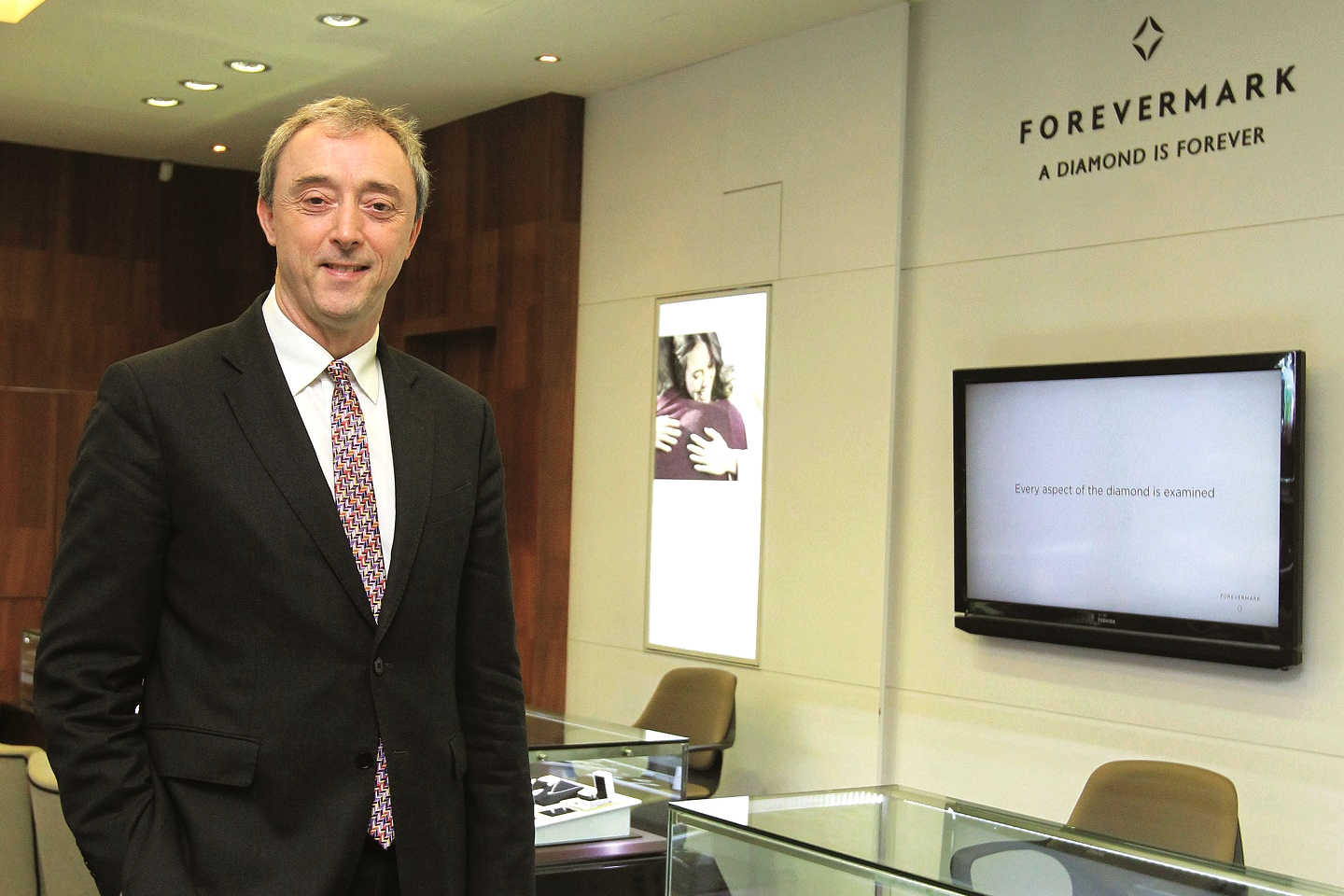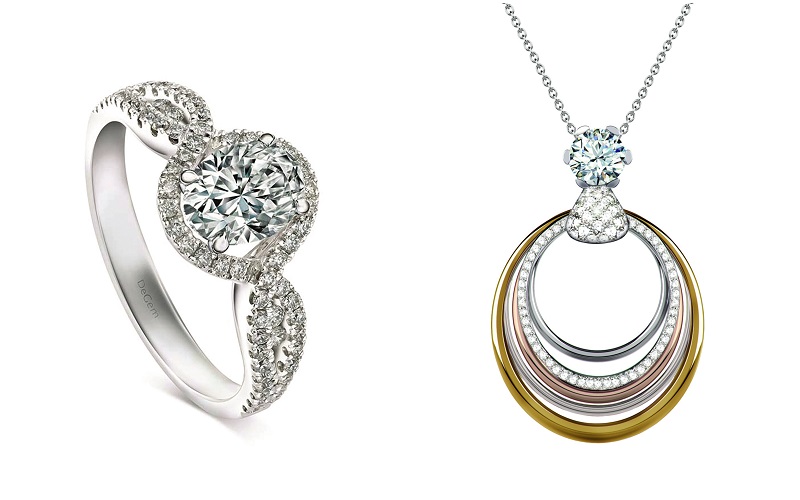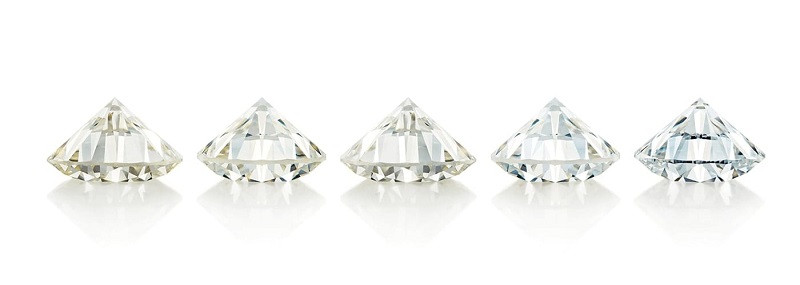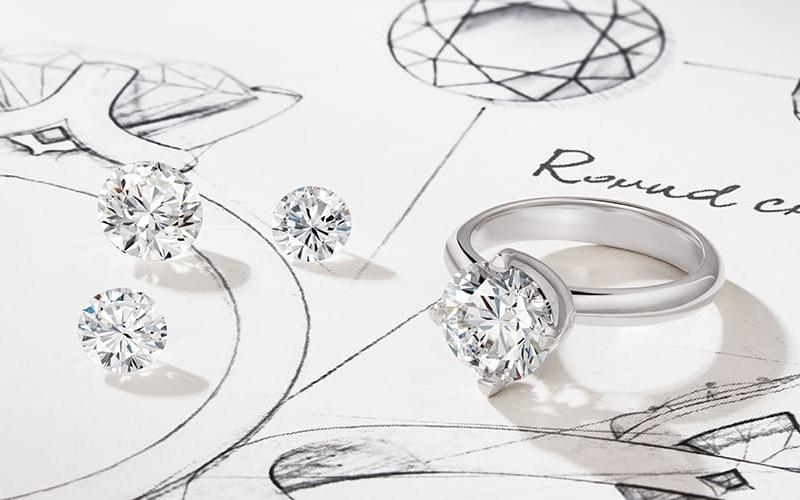
Daniel White is the head of the licensee market of Forevermark (Photo: Shahrin Yahya/The Edge)
Daniel White has many stories about diamonds but his favourite is that of a thirty-something mother who trained through last winter for the London Marathon in April this year. She bought a pair of diamond studs to reward herself for getting to the starting line, although she did finish the race.
This story tells of two things, says White, head of the licensee market of Forevermark, a De Beers Group brand: diamonds are synonymous with achievement and women are moving towards self-purchasing those sparklies.
The fastest growing sector of the global gross domestic product is women, who are becoming more educated and more empowered, he explains. In the US, 20% of couples say the woman is the dominant wage earner. In China, the percentage is 25. Getting to the quarter mark shows women are heading in the right direction. And all of these women should buy diamonds for themselves. They do not need him to do it because he is not in the process that is her.
forevermark.jpg

“Women are recognising and celebrating pinnacles, whether it is reaching a decade, getting a bonus or seeing their granddaughter [achieve] something,” says White during a visit to DeGem boutique in Kuala Lumpur, the brand’s authorised jeweller in Malaysia.
“However you choose to celebrate yourself, you do it yourself. The future is more about self-purchase and the marathon lady is a great representation of that.”
White has another story that resonates from the past into the present and connects the dots between his first period of employment at De Beers — from 2005 to 2007 as marketing director for several countries — and his return three years ago after working in textiles, diamonds, wines, engineering and renewable energy.
“It’s very, very rare that you get to work with a good team. Forevermark is a good team and you get to work with great partners. We have a shop in Gaborone, Botswana, where a lady was recently promoted to store manager. We were out one day and talking about HIV, a very real problem in South Africa, and she said, ‘Thank God for diamonds, that’s not a problem here’,” says White.
He repeats her words, emphasising the light that diamonds have cast on lives in Botswana, a partner with De Beers for five decades. The country has 50:50 ownership of all the group’s operations there, and is home to some of the world’s richest mines. It is literally built on the weight of diamonds, White points out, referring to the towns, hospitals, parks and game reserves that have come up around De Beers’ mines in Botswana, the people that get the jobs and the women who get the diamonds. The company has planted trees and shrubs and put the flora back where it was before the miners arrived.
“Angola, Zimbabwe and Zaire also have diamonds, but none of them managed them the way Botswana did. We don’t take the salespeople to the mines and show them the hole in the ground. We show them what the country can look like when it uses this magical resource properly. It’s fabulous — that’s why I came back.
“All these are part of the forever in the brand name,” he says. “In the 21st century, the world looks at itself through the eyes of purpose. Has every diamond done good? No. That’s why we differentiate ourselves as a brand that leaves a net positive behind. We have six times as much land under conservation as we do under mining, and 350,000 people working within our pipeline are protected by a set of principles we impose on our partners. We have put US$3 million into programmes for women entrepreneurship so they can be self-fulfilling with their own businesses. If you put all of that together, you have a story you can communicate to the end user and it’s very powerful. It’s the sense of what the forever is — the diamonds, the environment and the communities we operate in.”
The other key element of Forevermark is the mark at the heart of every diamond, the point where all its facets converge perfectly. It is an inscription of the brand icon and a unique identification number that assures the client the gem meets its stringent standards of beauty, rarity and responsible sourcing. The brand examines the human rights standards, political climate and socioeconomic profile of every community that might be a source of its diamonds.
The pure beauty of a diamond lies in its sparkle, White says. And natural diamonds are just so rare. There has not been a major find in at least 10 years, and some statistics say all the gem-quality diamonds ever found can still fit inside a London bus.
the_forevermark_journey_grading.jpg

He is equally proud of the grading system De Beers has put in place, starting with Forevermark, and which it now offers to other brands as well. Grading is central to the diamond trade as it provides a comparable set of quantitative data points that are vital for valuation.
“The first time I was here, we were opening the labs to create a grading system that cannot be interfered with. Grading is important because if you put a £1 million diamond through and it gets Grade A instead of B, it might be worth £1.1 million instead of £900,000. For a grading guy, whatever he earns a week, that £200,000 play can be an easy bribe. So, you have to design a system where nobody knows whose diamond he is grading, where it came from and where it is going, so he cannot be influenced.
“When you bring the technology into grading, you can place your lab anywhere in the world. Then, you train the people to attain the same standards and you have your quality control. That’s what we have built and we believe it’s the most repeatable, dependable, accurate grading process in the world.”
Understandably, there are traders who may not take well to grading because their gems do not measure up. “When we started the brand, we rejected seven out of 10 diamonds submitted to us because they weren’t to our standard,” says White, whose current role sees him developing Forevermark across 10 countries worldwide.
“We still reject one in 10 diamonds and these guys have been polishing for us for years. That underpinning in the data age is absolutely essential — it’s the trust that allows us to get on with the beauty of diamonds. When we get the trust done with, you can get on to enjoy the other stuff — trying on the diamond, deciding whether you like it and deciding which one [to buy]. And that’s fun.”
White was with De Beers when it launched Forevermark in the mid-2000s and he was fully aware of what he was coming back to. Even so, things can get unreal sometimes.
the_forevermark_journey_design_innovation_2.jpg

“When you go to trade shows in different industries, they are always in big exhibition halls that look like hangars, with a lot of people wandering around. At a diamond trade show, you are in a room with the most astonishing quantity and quality of things you have ever seen in your life. You meet 50-carat diamonds and you meet four in a day — it’s mind-boggling. There is the melee of tiny little stones that incredible Indian polishers can turn into diamonds. The things that sit around the edge of that are so small you almost can’t see them. They sit in piles and look like the glitter on my kid’s art table. But they are diamonds and somebody can polish them by hand. It’s amazing.”
Selling diamonds is no different from, say, selling wine, although the language may differ, he says. “Both are incredibly complicated products that are very hard for consumers to understand technically, but really easy for them to understand emotionally. You either like wine or you don’t; you either fall in love with a piece of jewellery or you don’t. All the technical [stuff] behind it is level two.
“I have a belief that if you have an aptitude for something, and you have a knowledge base and you build a passion from it, you are the luckiest person on earth. Because if that’s the job you do, you will be very good at it. If I remember my best teachers, they were good teachers, they understood children and they had a passion for turning children into adults. And when you meet those teachers 20 years later, they go, ‘Dan!’
“Every job needs those three things. It’s the same way we try to train people. Our stores make the decision to hire them. We try to give them this knowledge base. From there, we encourage them to find the passion using the knowledge.”
This article first appeared on Dec 16, 2019 in The Edge Malaysia.


